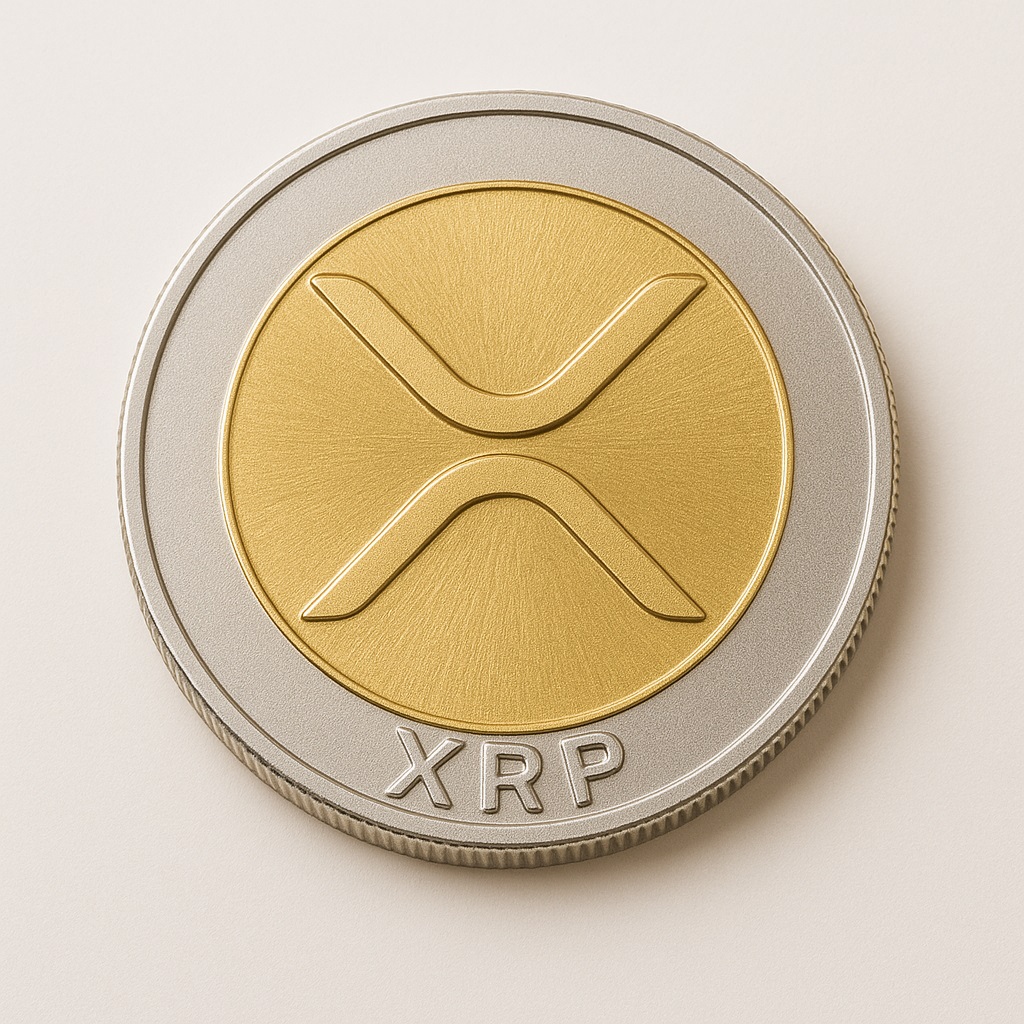XRPL
See how it works.
Go to website
The XRP Ledger (XRPL) was launched in mid-2012, and the XRP token began circulating publicly in 2013. Over more than a decade, it has matured into a bridge currency and settlement system used by financial institutions and payment providers. Unlike proof-of-work blockchains, XRPL uses a consensus mechanism that does not require mining, making XRP far more energy efficient and “greener” than many other cryptocurrencies.
XRP is designed to act as a digital bridge for cross-border payments, allowing different fiat and digital assets to settle quickly and efficiently. Because it does not rely on mining, it avoids the vast power consumption seen with networks like Bitcoin or Ethereum. While estimates of the crypto industry’s total power draw reach into many gigawatts, XRP’s consensus process consumes only a fraction of that, contributing to its environmentally friendly profile.
In performance terms, the XRP Ledger handles around 1,500 transactions per second under normal load, with confirmation typically in 3–5 seconds, making it suitable for real-time transfers, remittances, and liquidity operations. In practice, Ripple aims to use XRP as a modern alternative to legacy systems like SWIFT: rather than pre-funding accounts in destination currencies, XRP can be used as a bridge currency for instantaneous settlement across corridors.
Over the years, Ripple (the company building solutions on XRPL) has formed numerous partnerships with financial institutions, payment providers, and banks. Examples include:
In the United States, Ripple faced a high-profile lawsuit from the SEC, which alleged that certain sales of XRP constituted unregistered securities offerings. In 2025, the court ruled that public sales of XRP are not securities, while sales to institutional investors may still be subject to securities law. Ripple settled the case by agreeing to pay a fine (around US $125 million) and complying with certain restrictions. This legal resolution has strengthened Ripple’s standing, reducing regulatory uncertainty and giving its business and token a more solid legal footing.
Ripple has also launched a U.S. dollar-backed stablecoin called RLUSD, intended to complement XRP by offering fiat-pegged liquidity and facilitating fiat transfers and settlements within Ripple’s ecosystem. RLUSD is seen as a tool for bridging between fiat and digital assets, especially in areas where volatility is a concern.
One of XRP’s defining features is its relative stability compared to many altcoins, which is partly achieved through Ripple’s escrow program. Ripple places large quantities of XRP in escrow contracts, releasing small amounts on a controlled schedule and often re-locking unused portions. As of 2025, estimates suggest that tens of billions of XRP remain in escrow under Ripple’s control. This mechanism helps moderate supply shocks and supports more predictable token economics over time.
Individuals and organisations can benefit from the Ripple project by participating in its growing ecosystem of payments, liquidity, and tokenisation. Developers can build financial applications on the XRP Ledger, taking advantage of its speed and low transaction costs. Businesses and remittance companies can integrate Ripple’s payment solutions to enable instant, low-cost cross-border transfers. Investors may hold XRP or Ripple’s RLUSD stablecoin as part of a diversified digital portfolio. Joining the project is straightforward—users can create a wallet supporting XRP, explore XRPL developer tools, or engage with Ripple’s community and partners contributing to a more efficient global financial system.
See how it works.
Go to websiteOpportunities and ecosystem
Go to website